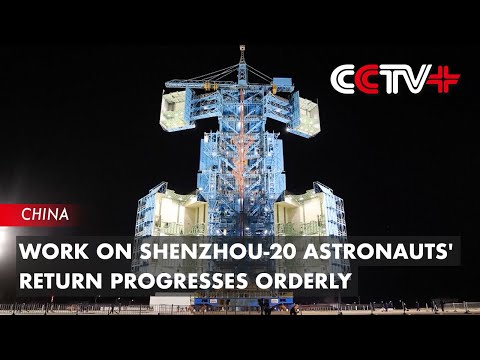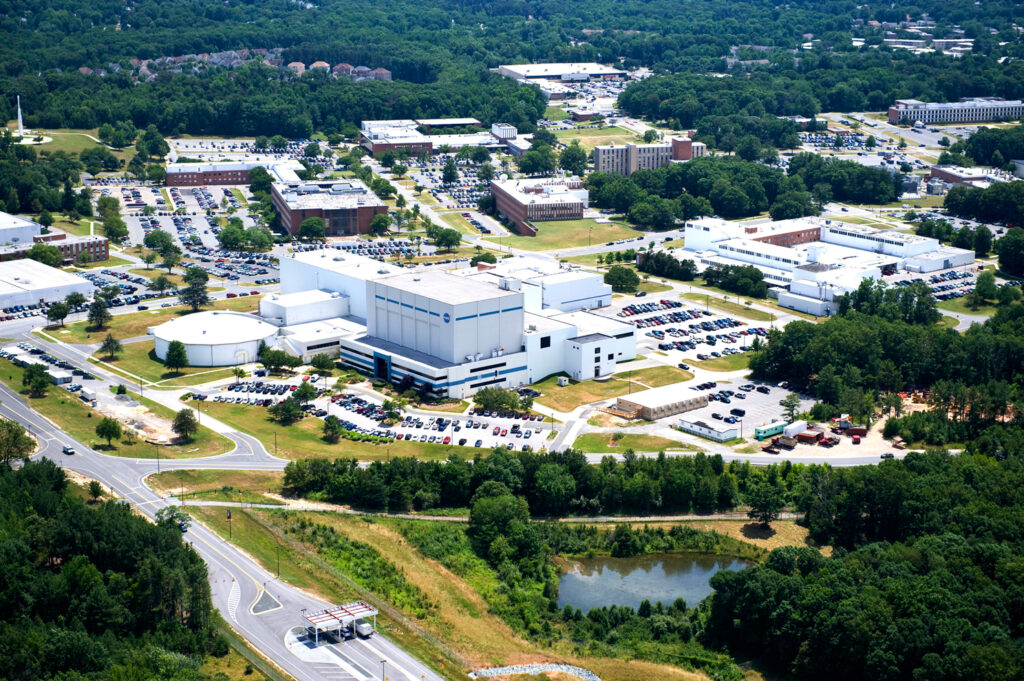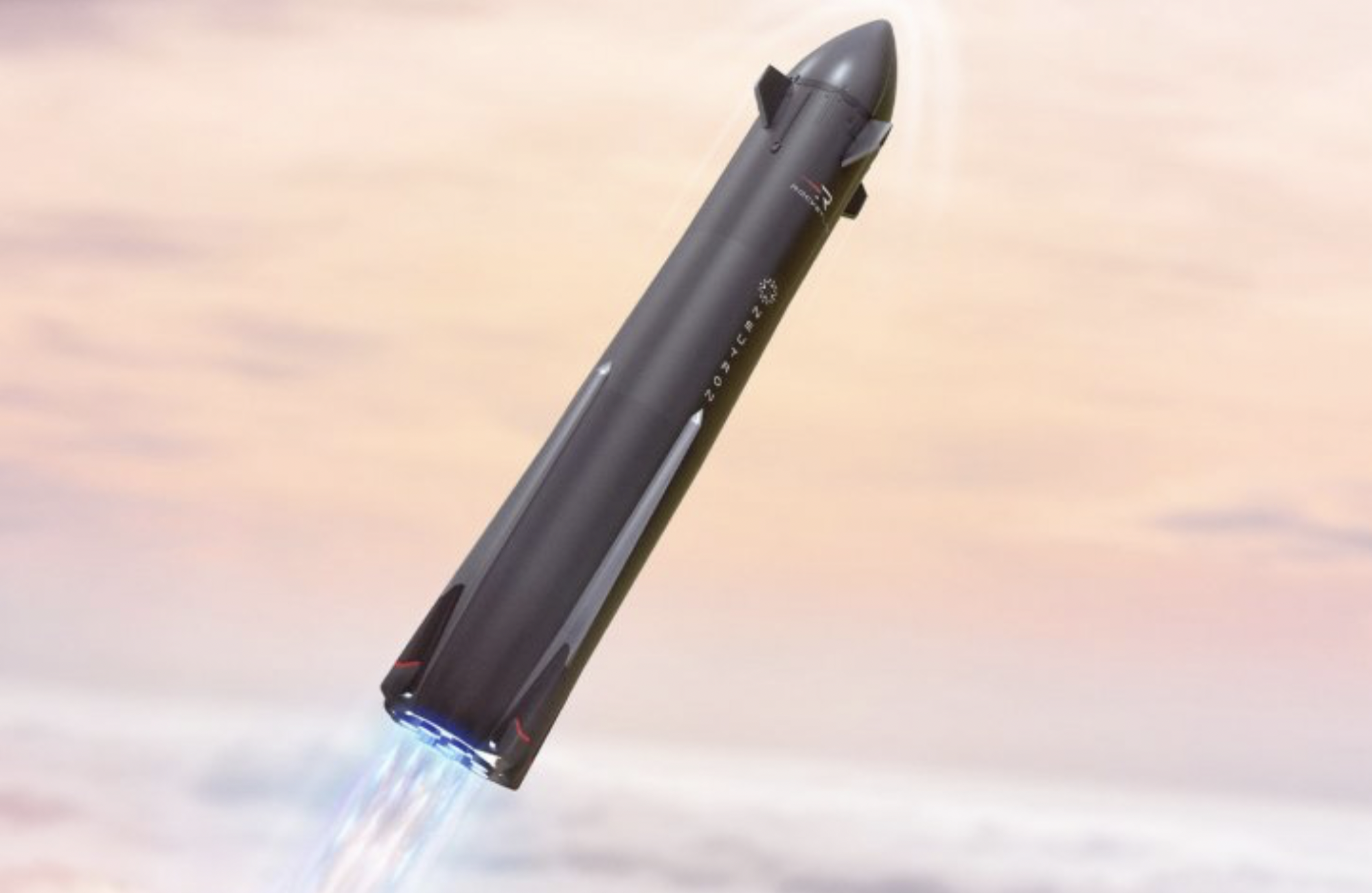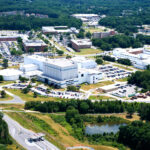Now Reading: China continues assessment of Shenzhou-20 crew return after suspected debris strike
-
01
China continues assessment of Shenzhou-20 crew return after suspected debris strike
China continues assessment of Shenzhou-20 crew return after suspected debris strike

HELSINKI — China is continuing to assess plans for the return of the Shenzhou-20 crew following a suspected debris strike, with no new return timeline announced.
A China Manned Space Engineering Office (CMSEO) statement Nov. 11 stated that mission teams have activated contingency procedures and are conducting simulations, system testing and safety evaluations related to the return module. Recovery teams at the Dongfeng landing site near Jiuquan spaceport are carrying out integrated rehearsals. The agency reiterated that it is adhering to a “life first, safety first” approach.
The Shenzhou-20 spacecraft launched April 24, carrying three astronauts—commander Chen Dong and crewmates Chen Zhongrui and Wang Jie—to the Tiangong space station. The crew have completed their six-month-long mission in orbit, and had handed over control of the space station to the newly-arrived Shenzhou-21 crew Nov. 4.
The return of Shenzhou-20, originally scheduled Nov. 5, was delayed after CMSEO announced just hours before scheduled undocking that the spacecraft was suspected to have been struck by a small piece of orbital debris.
Potential concerns would include possible damage to the spacecraft’s thermal protection system or parachute deployment structures, both of which are critical for safe atmospheric reentry and landing. As well as assessing data, inspections of the Shenzhou-20 spacecraft could have been carried out by Tiangong’s 10-meter-long robotic arm, capable of crawling, in combination with a smaller, fine manipulation arm to provide close-up imagery of any potential impact.
CMSEO, China’s human spaceflight agency, has not disclosed the location or extent of any damage, nor has it provided a new timeline for reentry. It has also not provided information on possible alternative steps, such as an uncrewed launch of Shenzhou-22 spacecraft to Tiangong. CMSEO protocols include having the subsequent Shenzhou mission spacecraft and Long March 2F in a state of near readiness at Jiuquan for emergency situations, which could be readied for launch in 8.5 days. Shenzhou-23 would then need to be prepared in case of emergency for the Shenzhou-21 crew.
State CCTV media published footage Nov. 11 of undated launch preparation activity at Jiuquan spaceport, along with recent footage of recovery drills at the Dongfeng landing site. Teams had conducted drills in advance of the postponed Nov. 5 landing.
The delay marks the first significant schedule adjustment in China’s regular six-month crew rotation cadence for Tiangong, which has been steady since the station became fully operational in 2022. The return of Shenzhou-19, April 30, had been delayed by one day due to poor weather at the Dongfeng landing area.
Space debris is a growing concern in low Earth orbit and both the International Space Station and Tiangong have needed to maneuver to avoid potential collisions with debris. Some pieces are too small to track using ground-based methods.
Regarding the astronauts, the CMSEO update stated that the Shenzhou-20 crew is doing well.
“Currently, the space station complex is in normal condition and capable of supporting two astronaut crews to stay in orbit. The Shenzhou-20 astronaut crew is working and living normally and is conducting in-orbit scientific experiments together with the Shenzhou-21 astronaut crew,” the statement read.
Chen and his crewmates have become the first Chinese crew to spend 200 days in orbit during a single mission, and have been co-habiting Tiangong with the Shenzhou-21 crew since late Oct. 31.
Tiangong is a three-module space station completed in late 2022. It is designed to hold three astronauts for stays of around 180 days, while hosting six astronauts for short periods of time during crew changeovers.
Hosting six astronauts aboard Tiangong should be sustainable in the near term, with three private sleeping quarters in the Wentian experiment module and three more in the Tianhe core module. The presence of three more astronauts will drain essential consumables—water, oxygen and food—at a much greater rate and put greater strain on recycling systems and carbon dioxide scrubbers. Tiangong features closed-loop systems for recycling water and oxygen.
China launches Tianzhou cargo spacecraft to Tiangong roughly every eight months to deliver astronaut supplies, experiments and propellant. The latest such spacecraft, Tianzhou-9, arrived at Tiangong in mid-July, meaning the station remains well supplied. The timing of the next Tianzhou cargo mission could potentially be adjusted if required.
CMSEO has also commissioned the development of low-cost cargo supply spacecraft to serve Tiangong, with prototypes possibly set to fly on new Kinetica-2 and Zhuque-3 launch vehicles before the end of the year.
Stay Informed With the Latest & Most Important News
Previous Post
Next Post
-
 012024 in Review: Highlights from NASA in Silicon Valley
012024 in Review: Highlights from NASA in Silicon Valley -
 02Panasonic Leica Summilux DG 15mm f/1.7 ASPH review
02Panasonic Leica Summilux DG 15mm f/1.7 ASPH review -
 03How New NASA, India Earth Satellite NISAR Will See Earth
03How New NASA, India Earth Satellite NISAR Will See Earth -
 04And Thus Begins A New Year For Life On Earth
04And Thus Begins A New Year For Life On Earth -
 05Astronomy Activation Ambassadors: A New Era
05Astronomy Activation Ambassadors: A New Era -
06SpaceX launch surge helps set new global launch record in 2024
-
 07Space Force plans new ‘Futures Command’ amid pressure to speed up modernization
07Space Force plans new ‘Futures Command’ amid pressure to speed up modernization





















